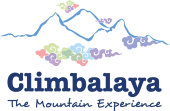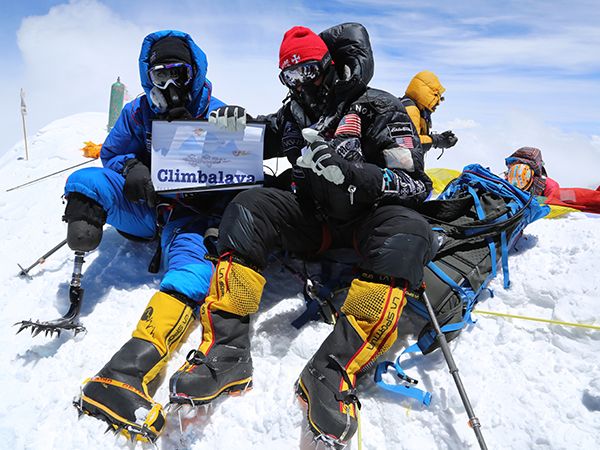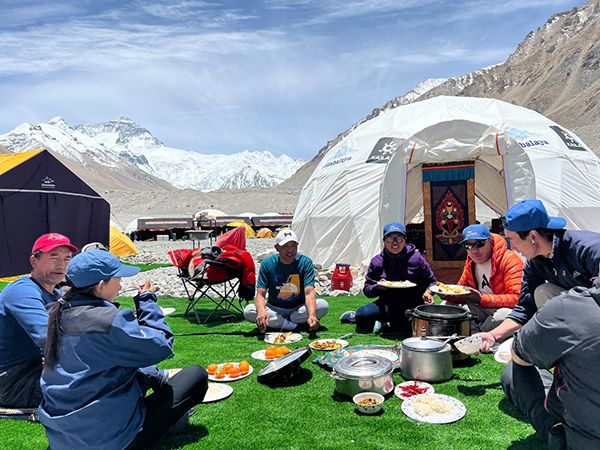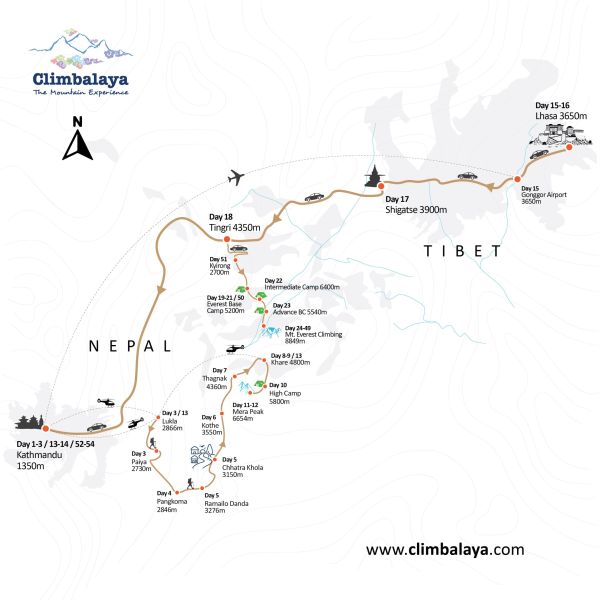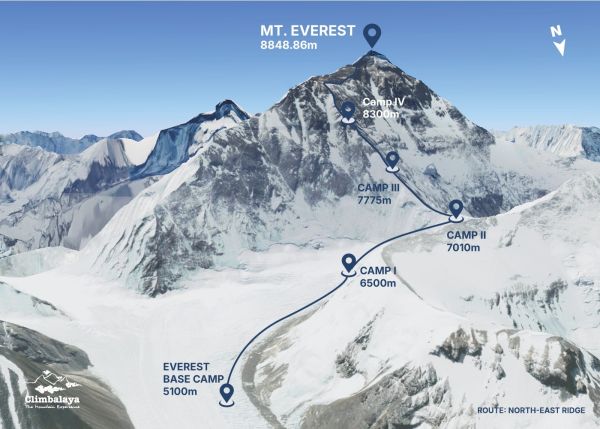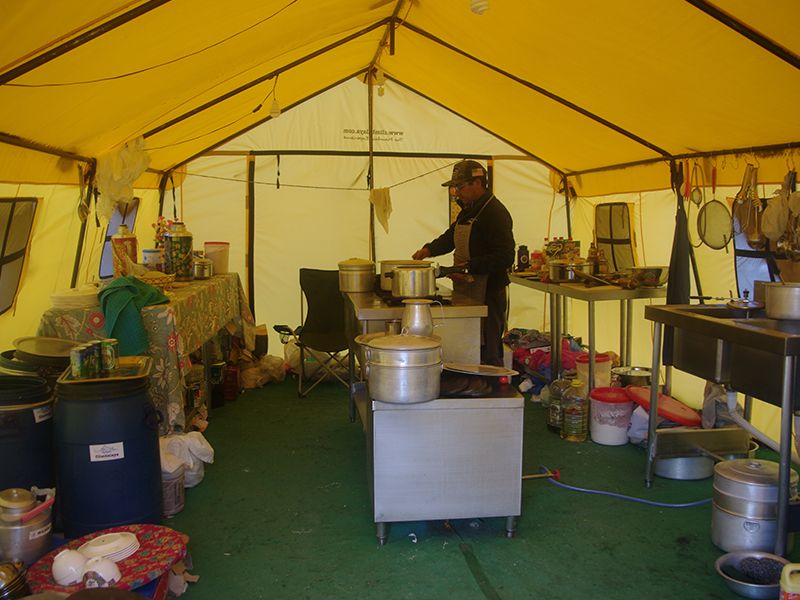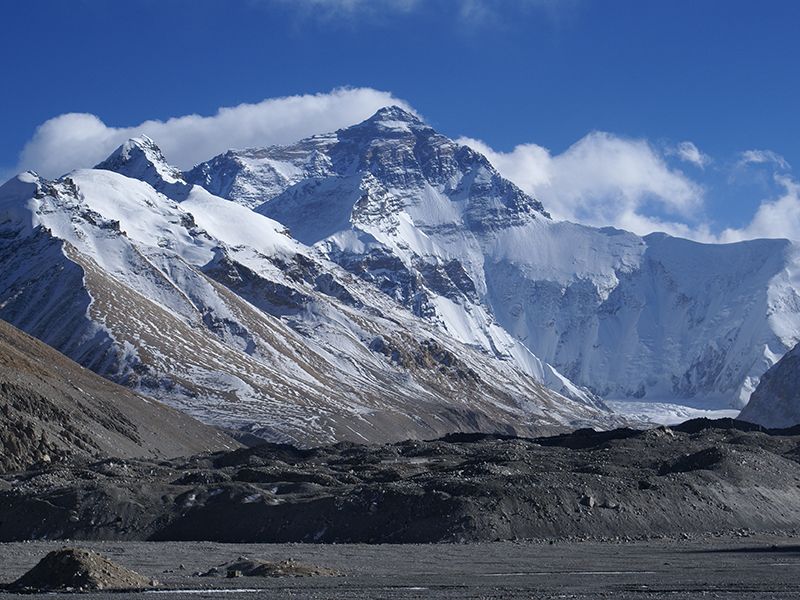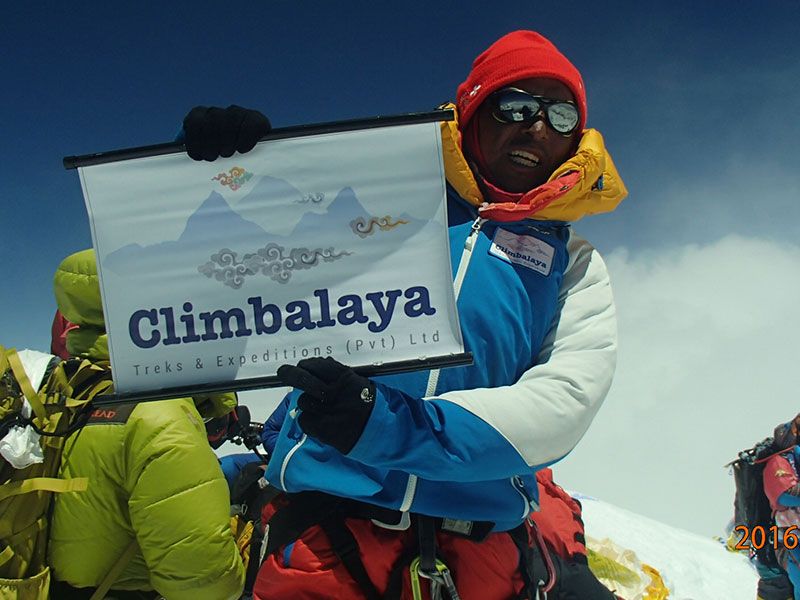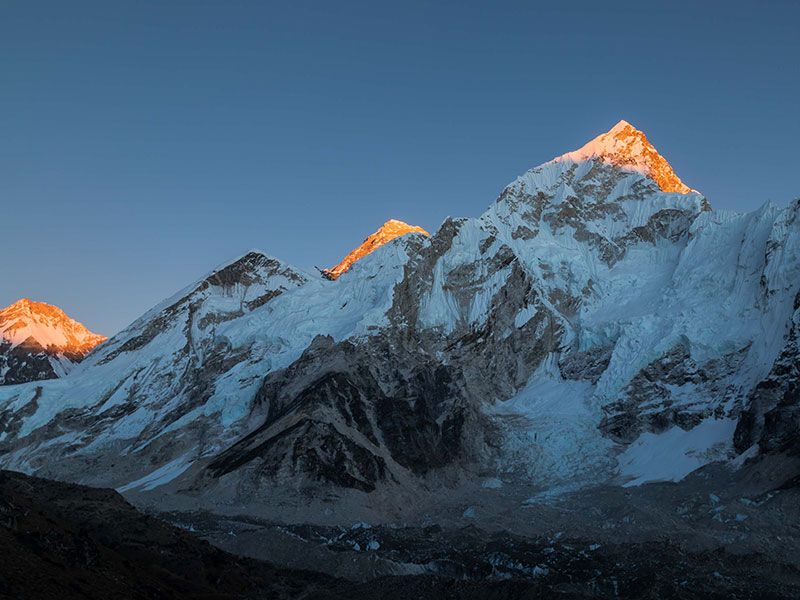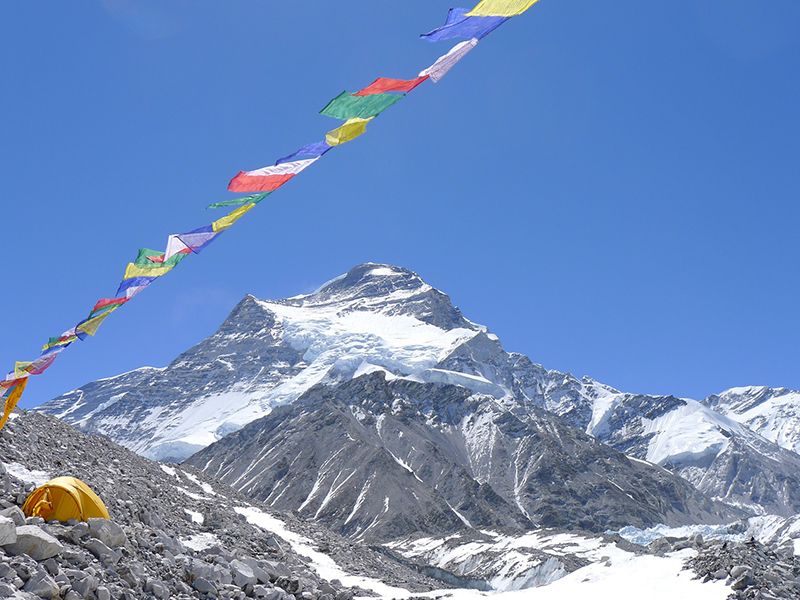Mt. Everest Expedition Tibet 2026
Expedition Schedule
07 Apr – 31 May 2026
Overview
Our Expertise
- One of the most experienced North Side teams
- Comprehensive support staff: Sherpas, cooks, guides
- Deep knowledge of Tibetan climbing conditions and logistics
Your Journey to the Summit
- Base Camp to Advanced Base Camp
- Drive to BC: 5,200m with stunning mountain views
- Yak-Supported Trek: 22km to ABC at 6,400m
- Two-Day Journey with comfortable interim camp
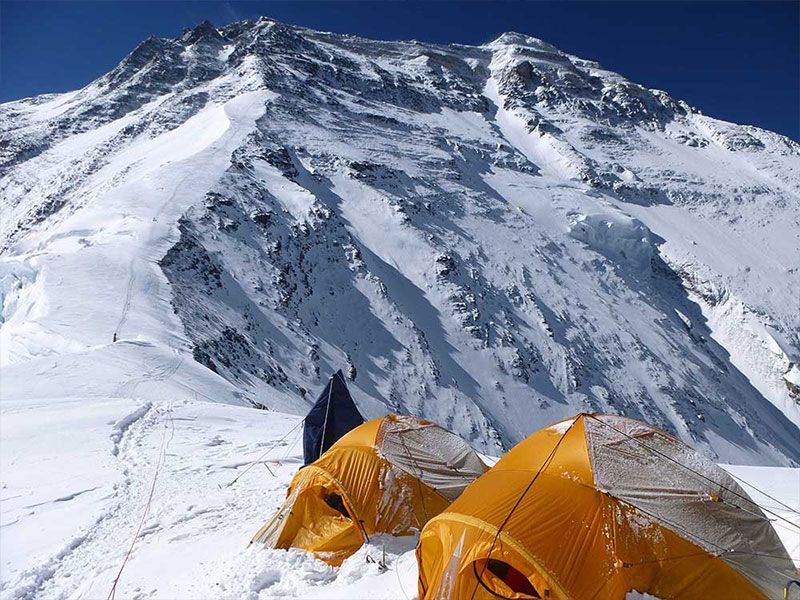
Trip Facts
Duration
54 Days
Altitude
8848.86 M
Accommodation
Hotel/Lodge/Tent
Trip Start From
Lhasa
Trip Ends At
Kyirong
Climbing Route
Normal North East Ridge/North Col Route
Summits
For over a decade, Climbalaya has been guiding successful expeditions on the challenging north side of Mount Everest. With a remarkable 90% success rate and an unwavering commitment to safety (zero fatalities), we are recognized as the most accomplished locally based expedition organizer.
Climbing Milestones:
We are proud to have facilitated several historic ascents, including:
- The first combat-wounded amputee veteran to summit Everest (The Heroes Project Team USMC Staff Sergeant Charlie Linville)
- The first Ukrainian woman to conquer Everest (Irina Galay)
- The first Hungarian to summit Everest from both the south side (Nepal) and north side (Tibet) (Emil Neszmelyi)
Summit Day
- First Step (8,500m): Short rock buttress with fixed ropes
- Second Step (8,580m): Famous ladder section with fixed ropes
- Third Step (8,690m): Less serious but still requiring care
- Summit Slope: Steep snow sections with fixed ropes to the summit
Why should you choose to climb Mt. Everest from the north side?
| Factor | North Side (Tibet) | South Side (Nepal) |
| Crowds | 60% fewer climbers (≈150 vs. 400+) | Severe bottlenecks (Hillary Step/Icefall, traffic jams) |
| Safety | No Khumbu Icefall (deadliest section) | High avalanche/crevasse risk in Icefall |
| Summit Day | Shorter push (8300m Camp → Summit: 6-9 hrs) | Longer push (7950m Camp → Summit: 10-14 hrs) |
| Access | Drive to Base Camp (5200m) | 10-day trek to Base Camp (5364m) |
Expedition Camps & Altitude Profile
| Camp | Altitude | Terrain & Features |
|---|---|---|
| Camp 1 |
7,000m (North Col)
(22,965ft)
|
Situated on snow after climbing from ABC |
| Camp 2 |
7,700m
(25,262ft)
|
Snow ledge after reasonably angled slopes, easy terrain |
| Camp 4 |
8,300m
(27,230ft)
|
Mixed rock and snow – traditionally windy sections |
Brief Itinerary
-
Day 01:Arrive Kathmandu and transfer to hotel.
-
Day 02:In Kathmandu for official procedures and preparations.
-
Day 03:Heli flight: Kathmandu to Lukla (2866m-9400ft) and trek to Paiya (2730m-8954ft).O/N Lodge.
-
Day 04:Trek to Pangokma (2846m-9334ft).O/N Lodge.
-
Day 05:Trek to Chatra khola (3150m-10332ft) via Ramailo danda. O/N Lodge.
-
Day 06:Trek to Kothe (3550m-11644ft). O/N Lodge.
-
Day 07:Trek to Thagnak (4350m-14268 ft). O/N Lodge.
-
Day 08:Trek to Khare (4800m-15744ft). O/N Lodge.
-
Day 09:At Khare: Preparations for the climbing.
-
Day 10:High camp (5800m-19024ft). Camp.
-
Day 11:Summit Mera Peak (6654m-21825ft) and back to Khare. O/N Lodge.
-
Day 12:Contingency day for climbing.
-
Day 13:Heli flight : Khare-Lukla-Ktm.
-
Day 14:Rest day.
-
Day 15:Fly Kathmandu-Gonggor airport and drive to Lhasa (3650m-11680ft). O/N hotel.
-
Day 16:In Lhasa : Sightseeing.
-
Day 17:Drive to Shigatse (3900m-12480ft)- O/N Hotel.
-
Day 18:Drive to Thingri (4350m-14,268ft)- O/N Guest House.
-
Day 19:Drive to Everest base camp (5200m-17,056ft).
-
Day 20–21:At the base camp to acclimatize and preparing loads for advance base camp.
-
Day 22:Trek to Intermediate Camp (6200m-20,336ft).
-
Day 23:Arrive at advance base camp (6400m-20,992ft).
-
Day 24–49:Everest Climbing period.
-
Day 50:Advance base camp to base camp.
-
Day 51:Drive to Kyirong (2700m-8,856ft) O/N hotel.
-
Day 52:Cross border to Nepal and drive to Kathmandu.
-
Day 53:In Kathmandu.
-
Day 54:Departure.
Expedition Schedule
07 Apr – 31 May 2026
Streneous
- Strenuous climbing
- May require carrying bag packs (15kg)
- High or extreme altitude with elevation above 7000m
- Intermediate to advance terrain
- Nights are spent in tents
- Moderate to extreme glacier travel is involved
- Travel in remote areas
- Usually expedition duration above four weeks
Ready to experience Everest with the region’s most trusted North Side specialists?
Applicants must demonstrate substantial experience in high-altitude mountaineering. A successful ascent of a peak exceeding 7,000 meters is a critical prerequisite and is highly recommended for all team members.
Route Map
Package Details
Cost Includes:
- Mt. Everest peak permit, Tibet visa.
- Ground transfers airport-hotel-airport and airfare Ktm-Lhasa.
- Hotel accommodation on room sharing in Ktm,Lhasa, Shigatse Thingri and Kyirong.
- Day sightseeing in Lhasa and Shigatse.
- Equipment and baggage transfer from BC – EBC – BC.
- Kitchen equipment, kitchen tent, dining tent with heater, toilet tent, shower tent, chairs & tables.
- Solar panel/generator at EBC for light and charging small electronics.
- Dome tent with sofas, heater, coffee machines and mini bar.
- Food and fuel at BC-Middle camp, EBC during expedition.
- High altitude tents, food and fuel.
- Single tent with insulated floor and mattress at BC-EBC.
- Services of experienced high-altitude Sherpa, cooks and kitchen boys.
- Rope fixing.
- Oxygen system for clients and Sherpa Walkie-talkie.
- Satellite phone for emergency.
- Garbage deposit fee. Welcome group dinner in Kathmandu.
Cost Excludes:
- International flights, Meals in Kathmandu.
- Personal climbing gears.
- Personal insurance, Personal travel expenses involving vehicle, yaks and horses, airfares and man power outside of the itinerary.
- Personal solar pack for charging heavy electronics (laptops, professional camera batteries etc .)
- Tips/gratitude for cooks and climbing Sherpa at the end of the trip.
Trip Inquiry
Choose from our pre-designed itinerary and schedule your preferred departure or discuss with our team to create a customized one.


